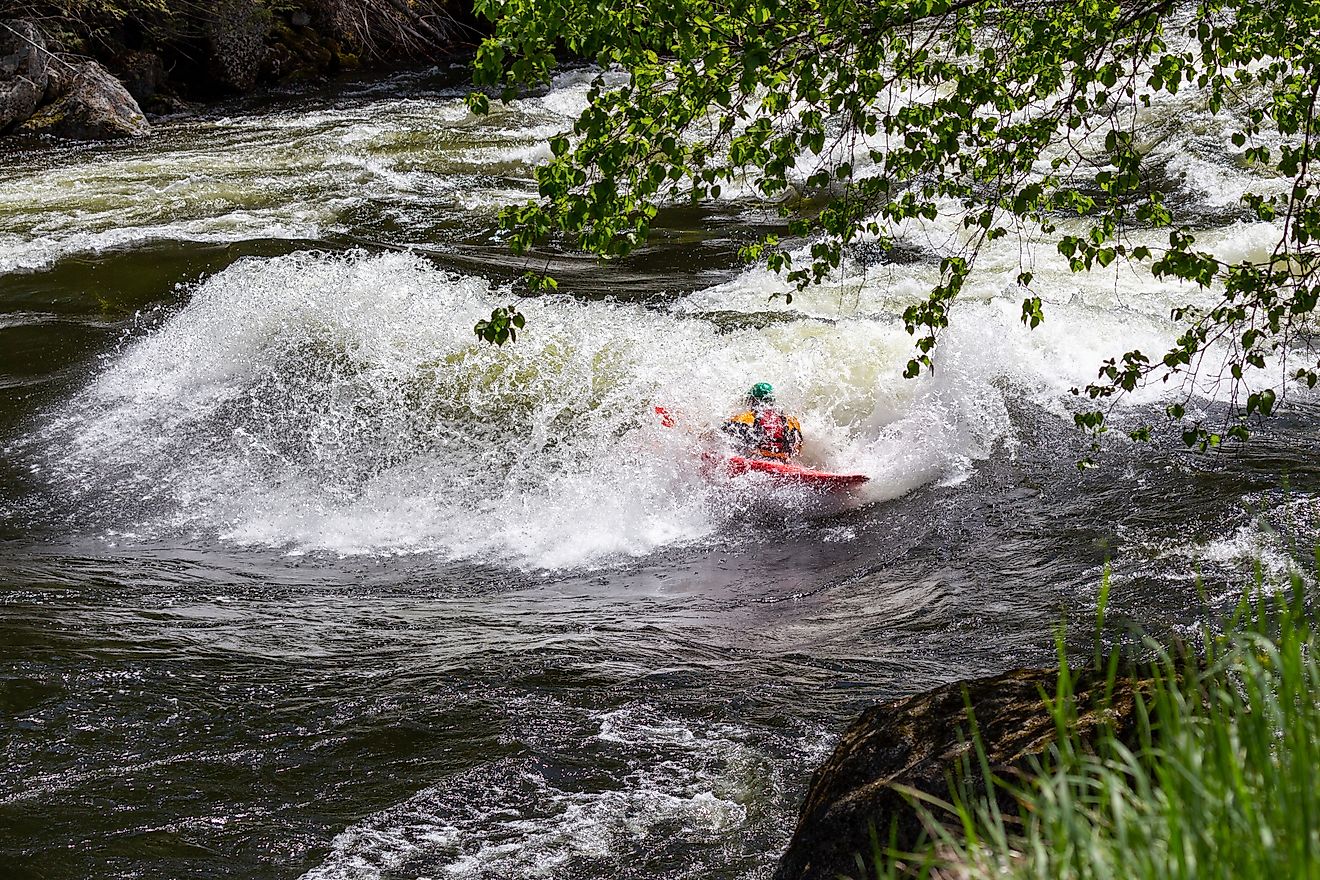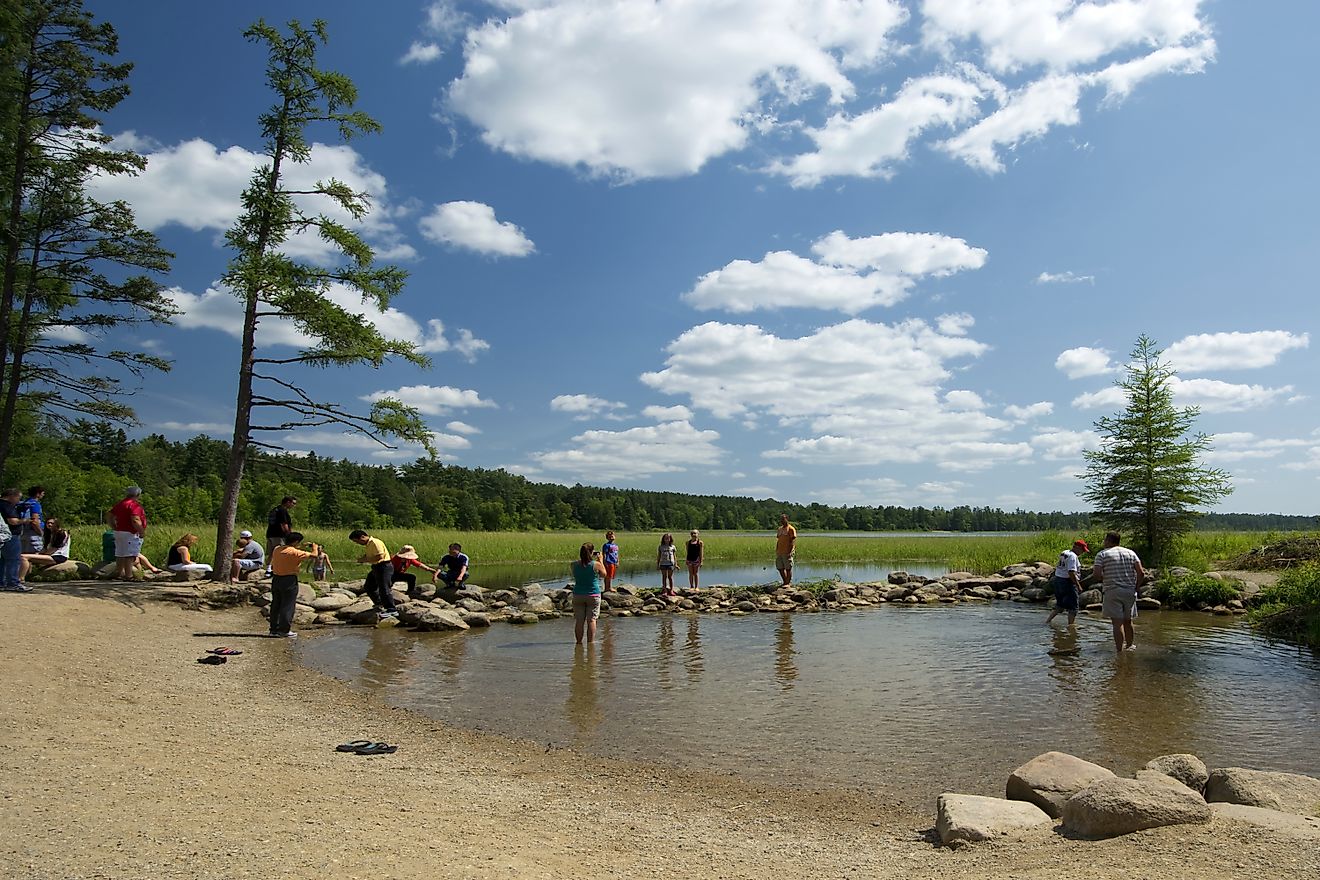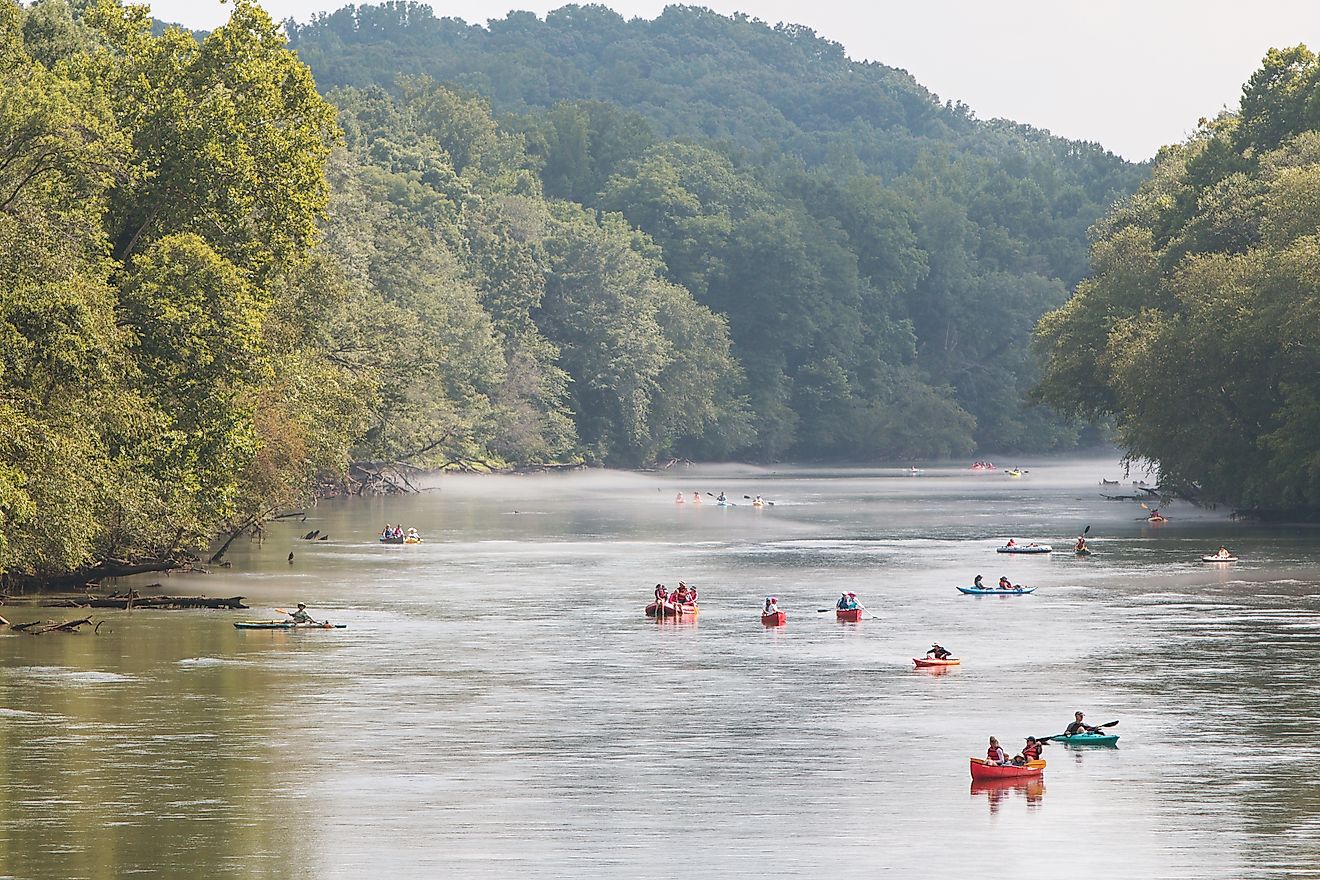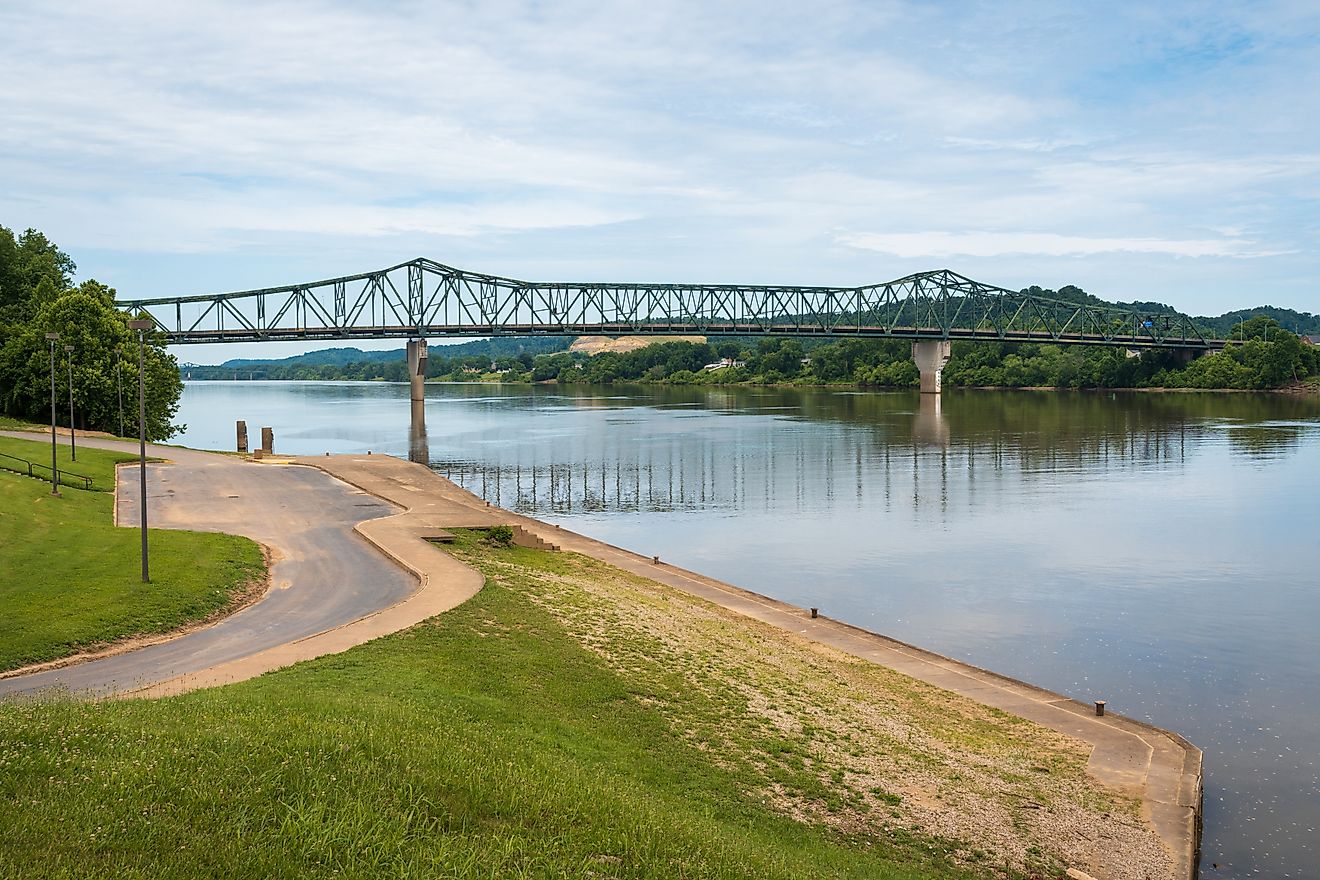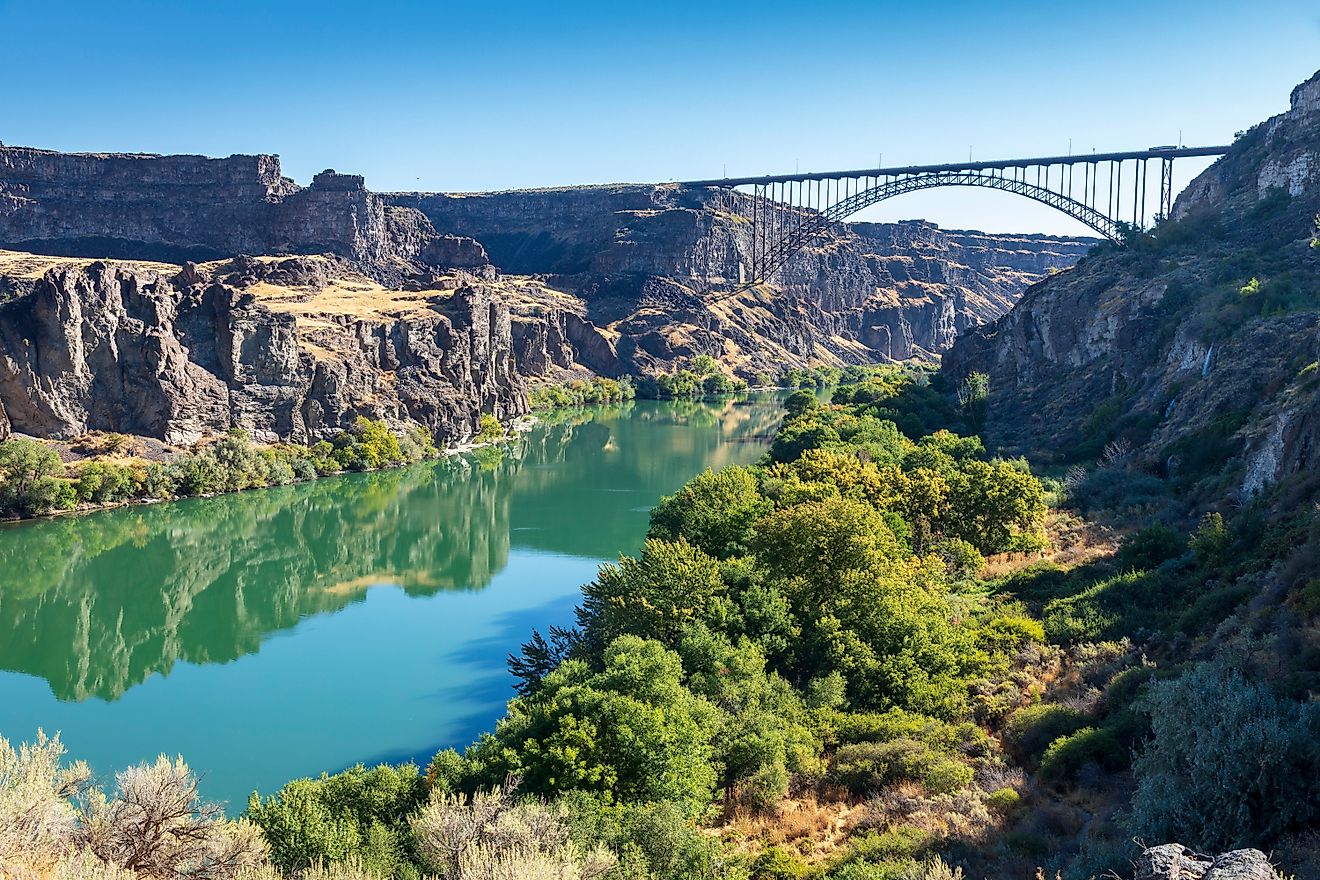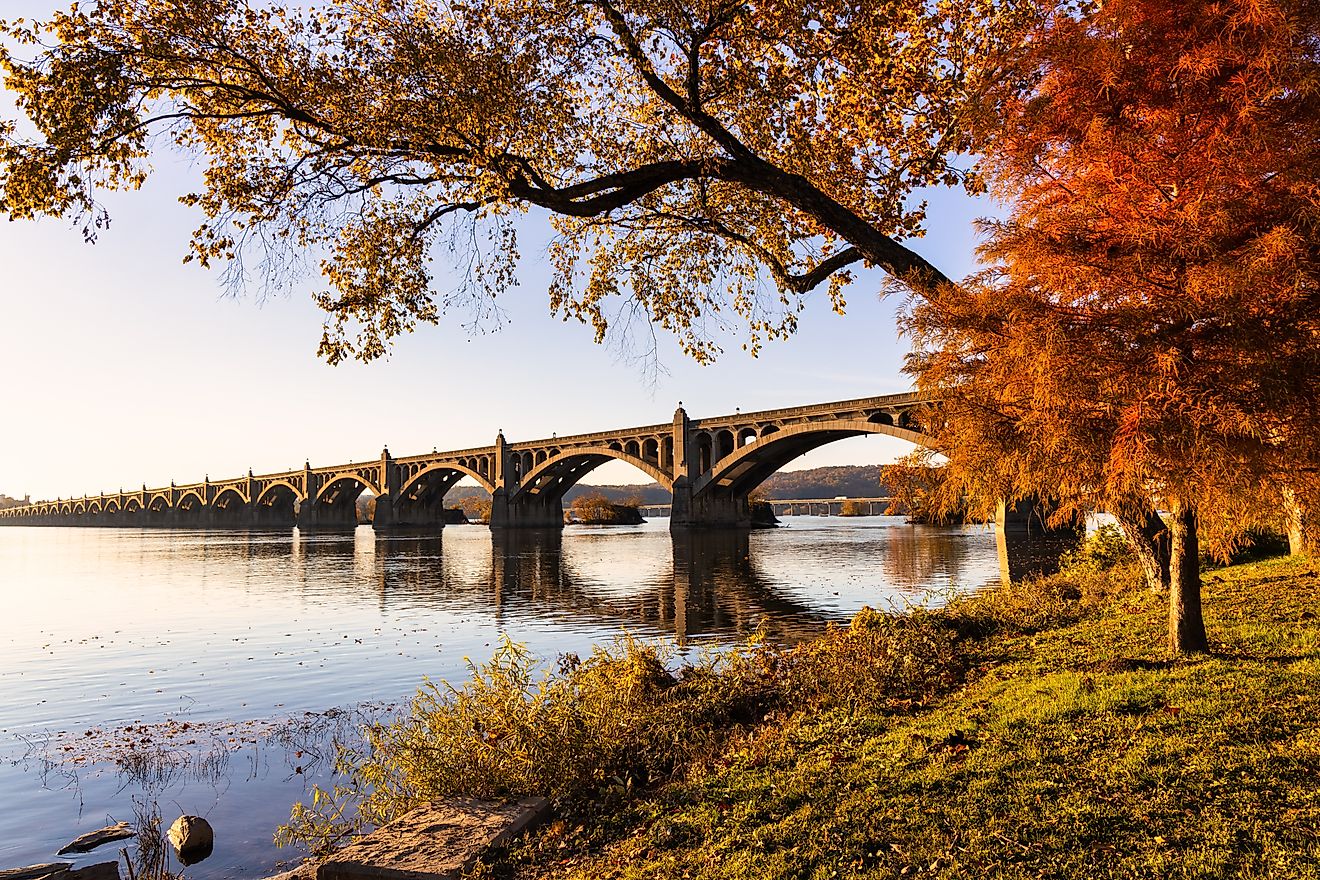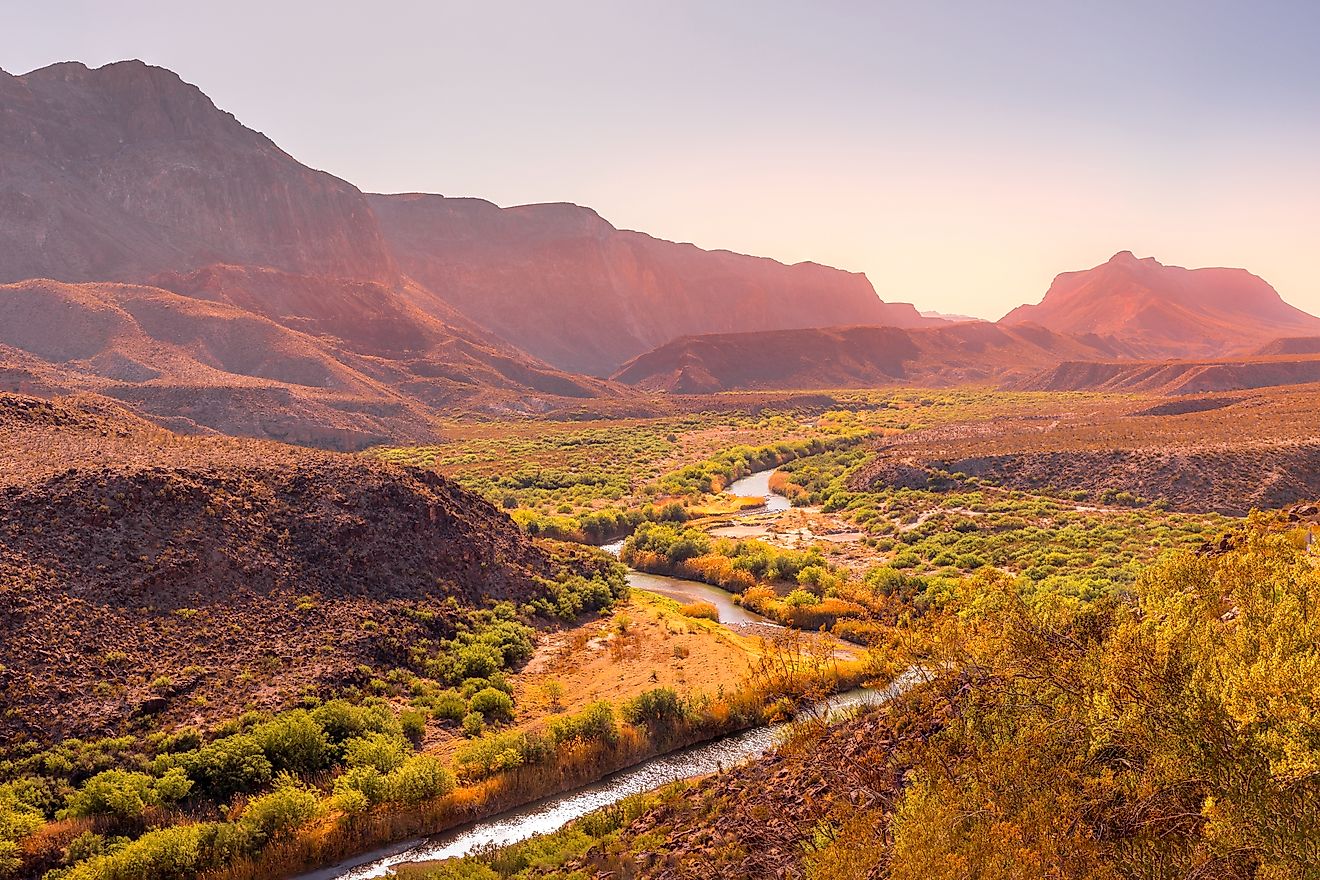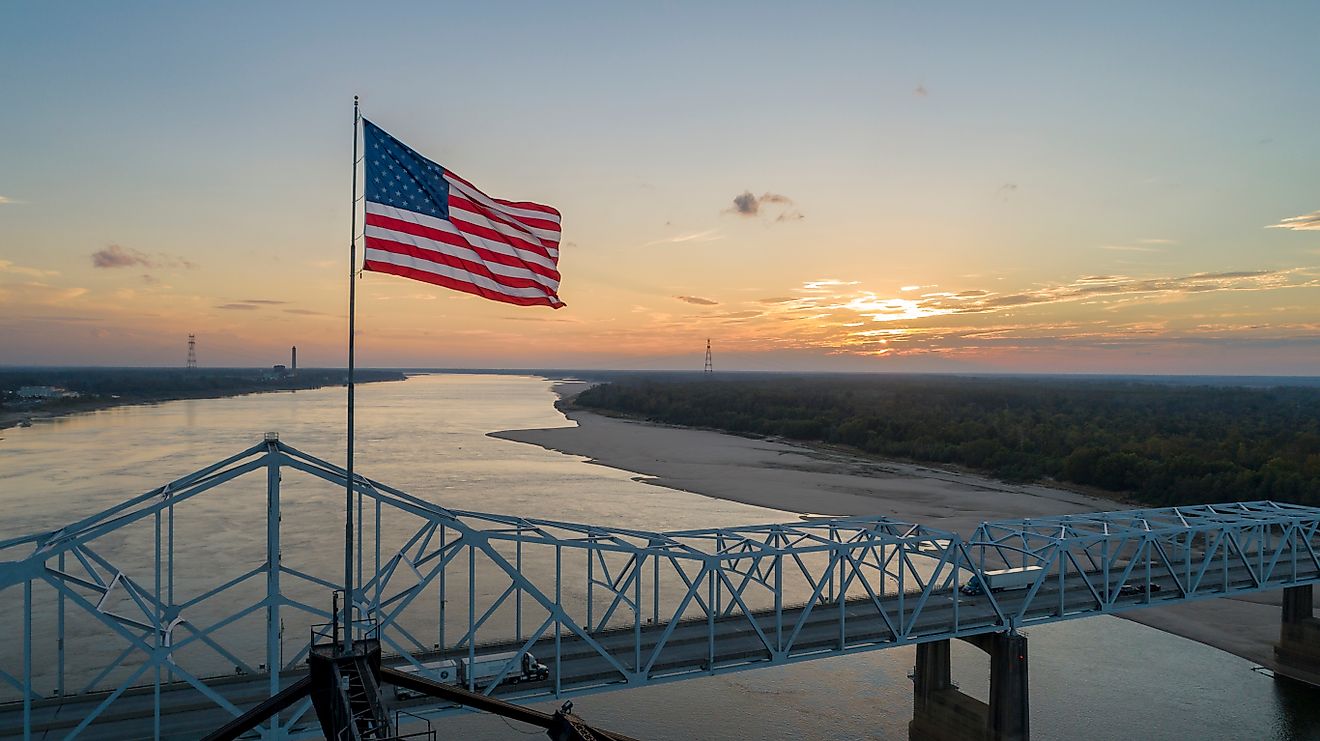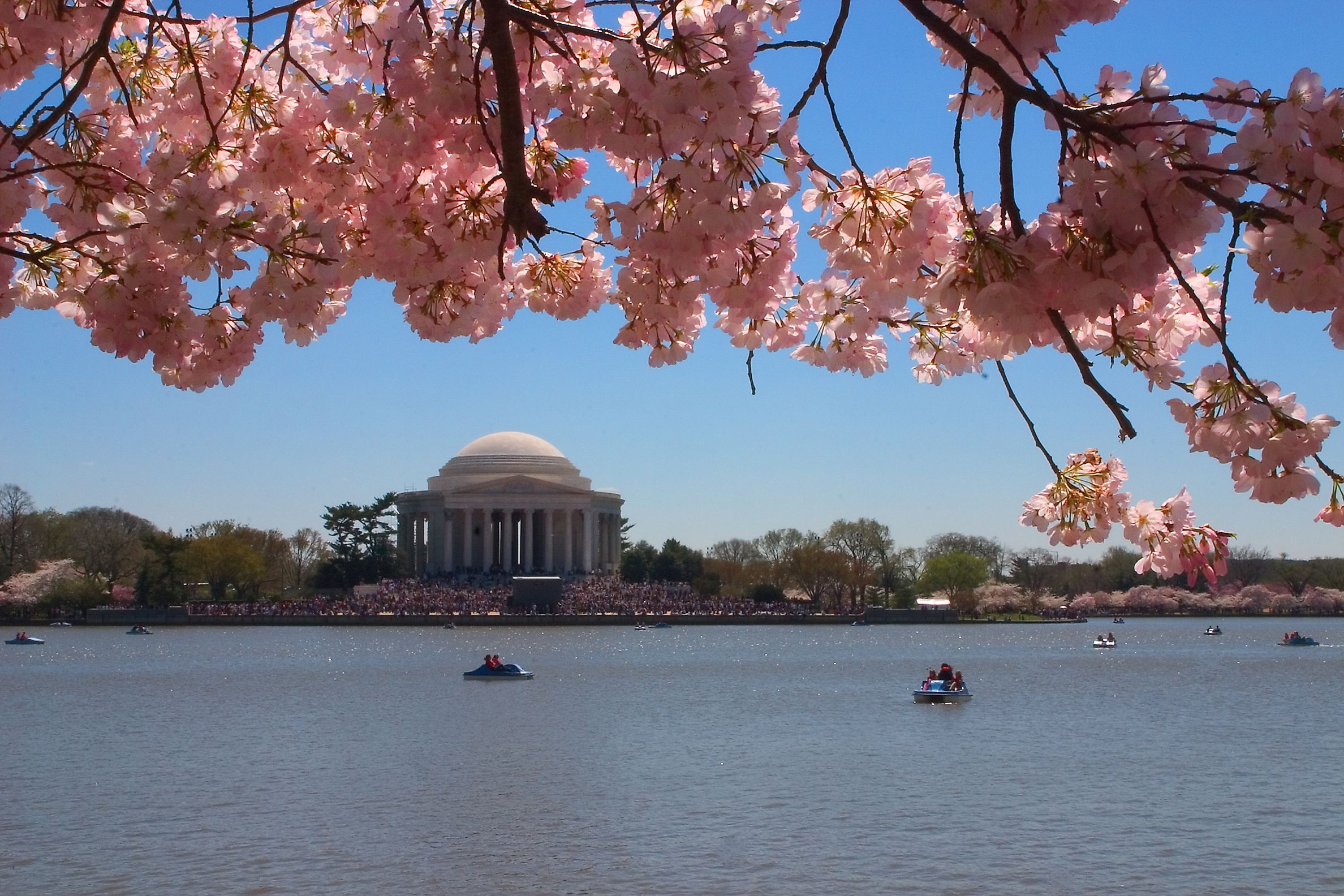
Potomac River
The Potomac River is more than a scenic backdrop for Washington, D.C. It’s even more than a boundary line or a freshwater source. It’s a symbol! Of America’s founding, its environmental challenges, and its ongoing effort to restore what time and pollution have threatened to erase. Often called “The Nation’s River,” the Potomac is both a natural force and a cultural landmark, flowing through five states and the capital, shaping American history along its 380-mile journey to the Chesapeake Bay.
From the rugged slopes of the Allegheny Mountains to the tidewaters of southern Maryland, the Potomac River carries a story that is uniquely American. This river has witnessed the rise of a country, endured the scars of industrialization, and now stands as a focal point for restoration and recreation in the Mid-Atlantic.
The River’s Origin: A Mountain Birthplace
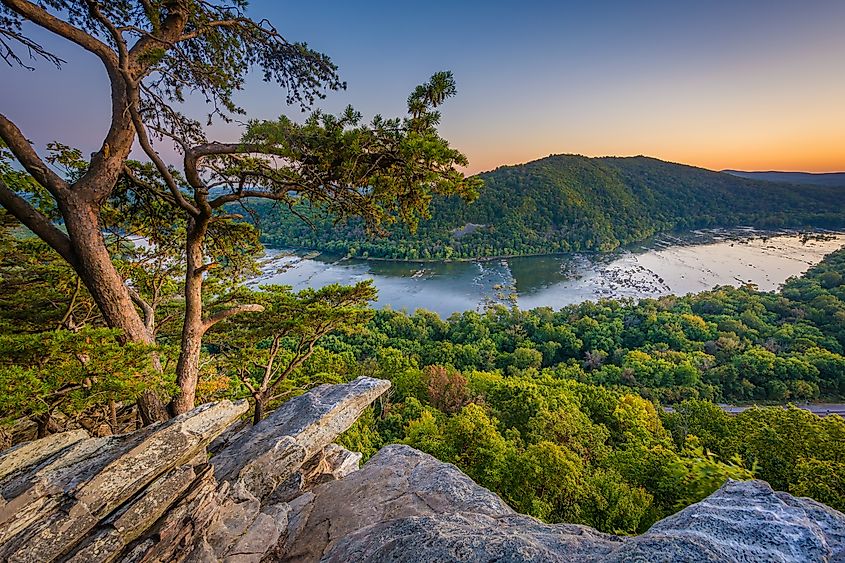
The Potomac begins its journey high in the Allegheny Mountains of West Virginia, where a network of small streams converge. This region, known as the Potomac Highlands, is a patchwork of forested ridges and hollows that still show the effects of coal mining and deforestation. Despite these scars, the highlands offer essential clean water to a river that supports nearly 6 million people.
From here, the Potomac flows northeast through West Virginia and into the Shenandoah Valley, forming the border between Virginia and Maryland. Along the way, it collects water from major tributaries like the Shenandoah, Monocacy, and Anacostia rivers, expanding into a powerful force that eventually feeds into the Chesapeake Bay, the largest estuary in the United States.
Geography and Scope
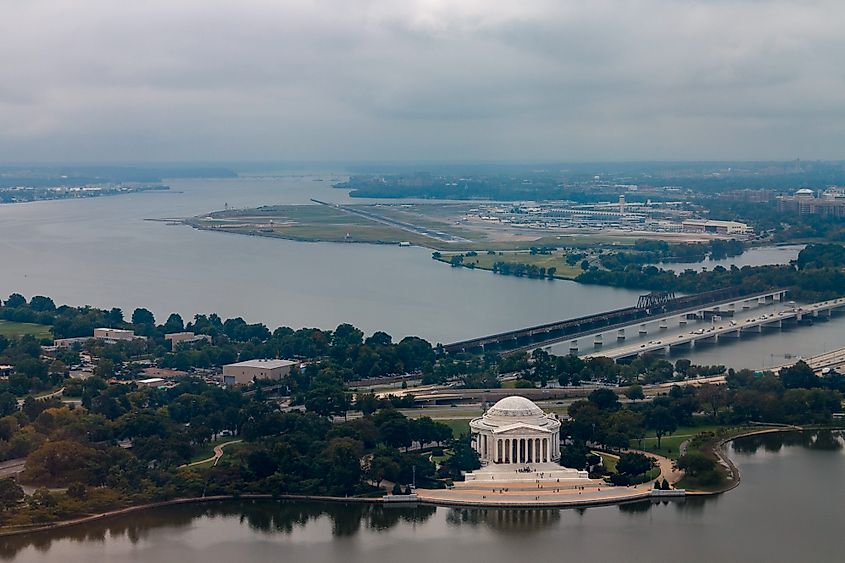
-
Length: 380 miles
-
Watershed: 14,670 square miles
-
States Touched: Maryland, Virginia, West Virginia, Pennsylvania, and the District of Columbia
-
Forested Land: Nearly 60 percent of the watershed
The Potomac River watershed is one of the most forested in the nation. These forests are critical. They filter water, provide habitat, prevent erosion, and support biodiversity throughout the region. The river also supplies drinking water to the entire Washington, D.C., metro area, making its health a matter of national importance.
A River Rich in History
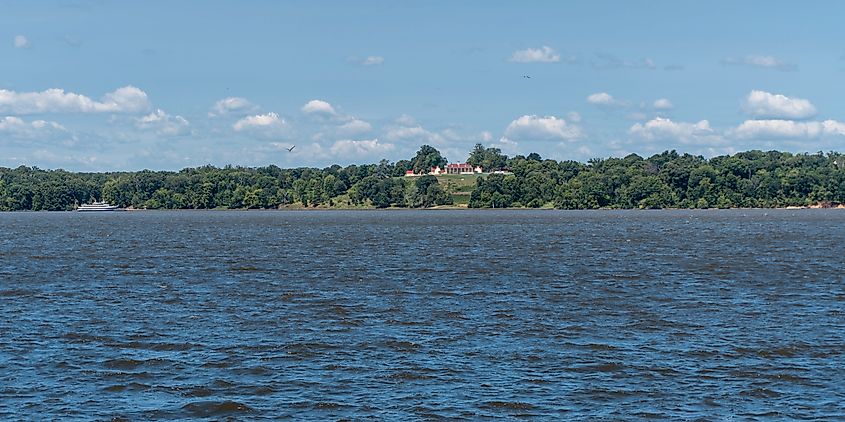
George Washington built Mount Vernon on the banks of the Potomac, choosing the river not only for its beauty but for its centrality to trade and travel in colonial America. Just upstream, the federal city of Washington, D.C., was carved out between Virginia and Maryland, anchored by the Potomac.
The river’s significance has only grown with time. It played a strategic role during the Civil War and bore witness to one of the strangest chapters of the conflict. After assassinating President Abraham Lincoln in 1865, John Wilkes Booth tried to flee across the Potomac by boat. His poor navigation skills led him to the wrong side of the river, landing instead at Blossom Point, Maryland.
In 1930, Congress designated the dramatic Great Falls section of the river a national park. Today, Great Falls is part of the Chesapeake & Ohio Canal National Historical Park, which draws more than four million visitors a year. With thundering rapids and steep rock walls, it’s a dramatic reminder of the Potomac’s untamed power.
Environmental Challenges: From “National Disgrace” to American Heritage River
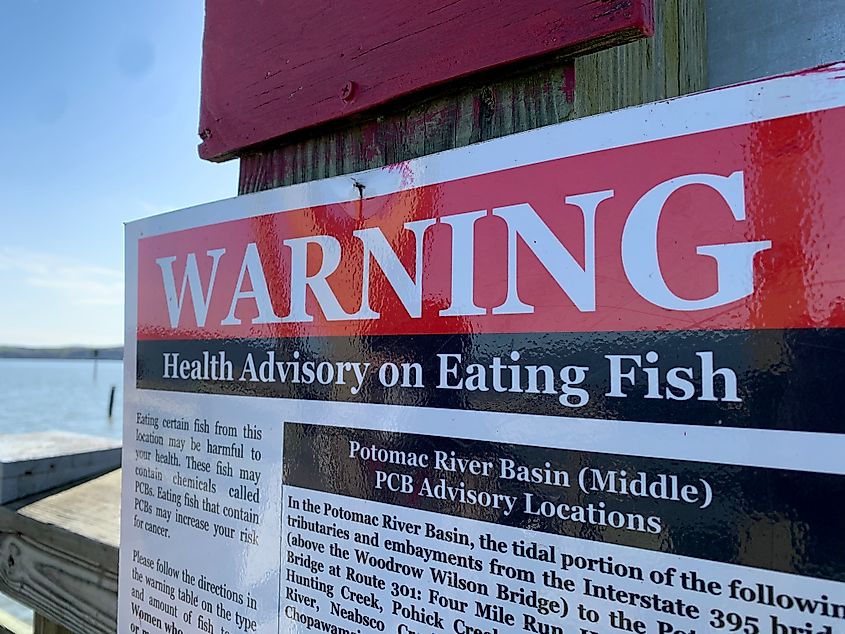
In 1965, President Lyndon B. Johnson famously declared the Potomac a “national disgrace.” The river, once celebrated in paintings and prose, had become clogged with algae, waste, and industrial pollutants. Wetlands had been bulldozed, streams paved over, and drinking water compromised.
The problems began at the river’s source. In coal country, fragile mountain streams were contaminated by mining runoff. As the river traveled east, it picked up fertilizer from farmland and oil from city streets. Along the way, it became a toxic mix of nitrogen, phosphorus, sediment, pharmaceuticals, and trash. By the 1960s, native fish species like bass, shad, and perch were in sharp decline. Invasive species such as the blue catfish and northern snakehead moved in, adding pressure to a system already under stress.
The Turning Point: Clean Water and Conservation
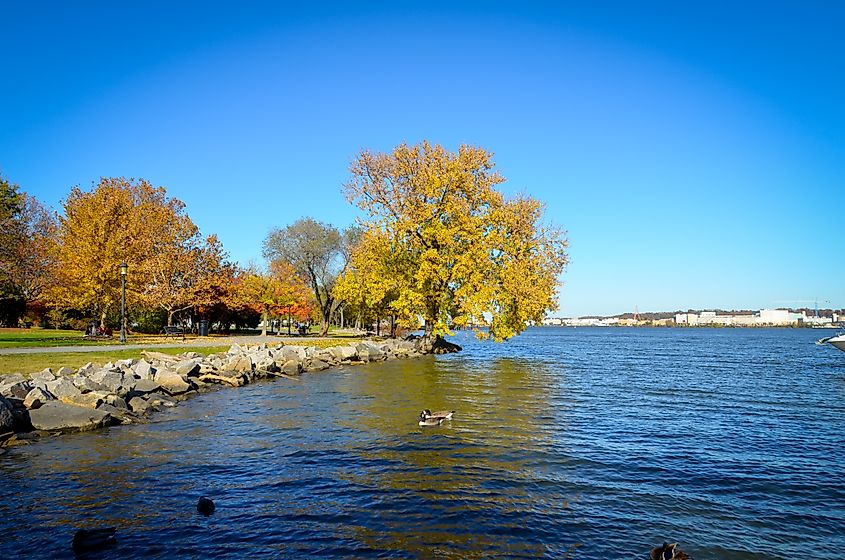
The 1972 Clean Water Act marked a major shift. Federal regulations forced industries and municipalities to limit pollution, and a national awareness of environmental issues began to take root.
In the decades since, the Potomac has staged a remarkable recovery. President Bill Clinton recognized the river’s historic and environmental value by naming it an American Heritage River in 1998. This designation provided federal support for restoration and helped local communities along the riverbank revitalize their waterfronts and ecosystems.
By the 2010s, the Potomac Conservancy began grading the river's health and found a trend toward improvement. While not yet pristine, the river has seen reductions in nitrogen, phosphorus, and sediment; the top three pollutants harming the Chesapeake Bay. Native fish populations like shad and white perch are rebounding. And more than 25 percent of the land in the watershed is now protected, shielding tributaries from further damage.
Recreation and Wildlife
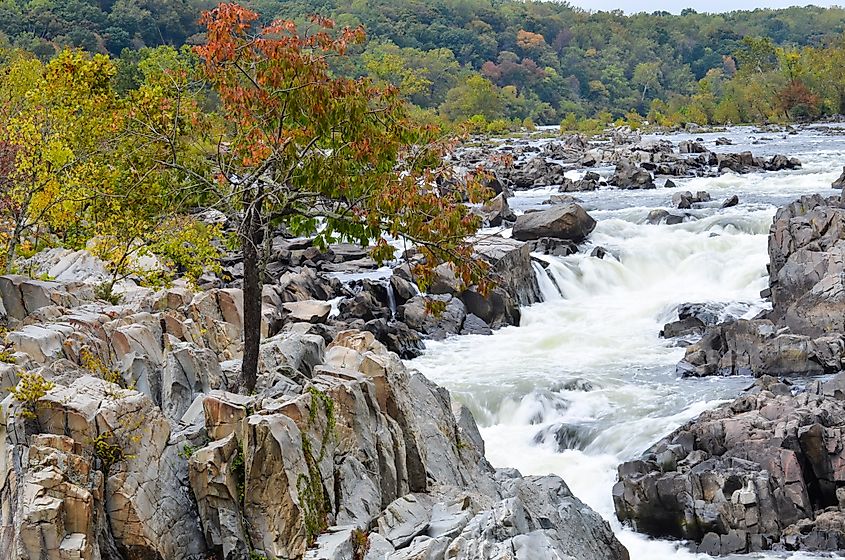
The Potomac has become a recreational magnet. The Chesapeake & Ohio Canal towpath is a favorite among hikers and cyclists. Kayakers brave the whitewater at Great Falls. Anglers cast for smallmouth bass near Harpers Ferry, and photographers line up to catch the fog rising off the river at sunrise.
Wildlife thrives in the river’s varied habitats. Bald eagles nest along the cliffs of the lower Potomac. Beavers and otters paddle its backwaters. Migratory fish once thought gone are returning thanks to dam removals and improved water quality.
Notable Facts About the Potomac
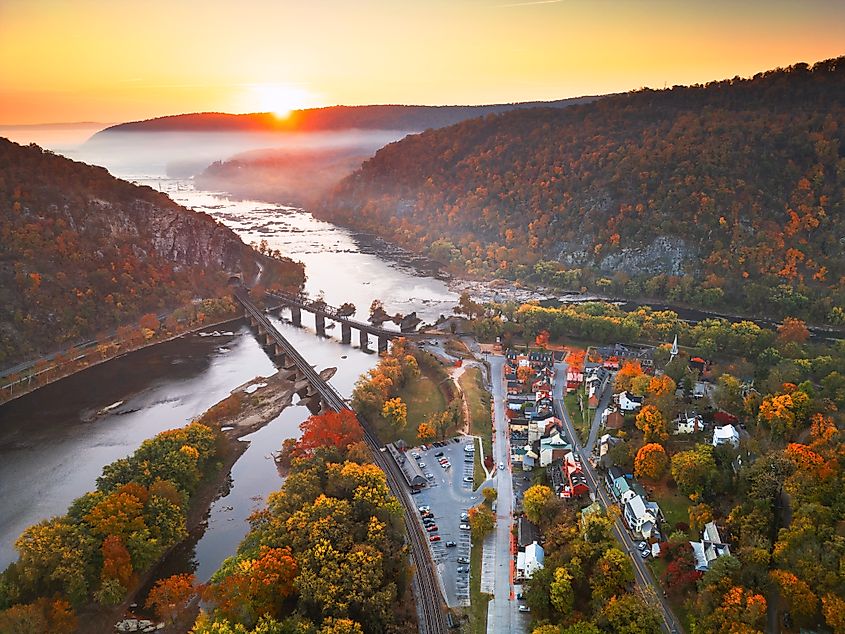
-
The largest flow ever recorded at Washington, D.C., was 425,000 cubic feet per second in March 1936.
-
The lowest flow ever recorded at that location was just 600 cfs, in September 1966.
-
The Great Falls area became a national park in 1930 and came under National Park Service management in 1966.
-
The American Heritage River designation in 1998 allowed for increased federal support to communities along the river.
-
The Potomac supplies 90 percent of the drinking water to Washington, D.C.
Ongoing Challenges
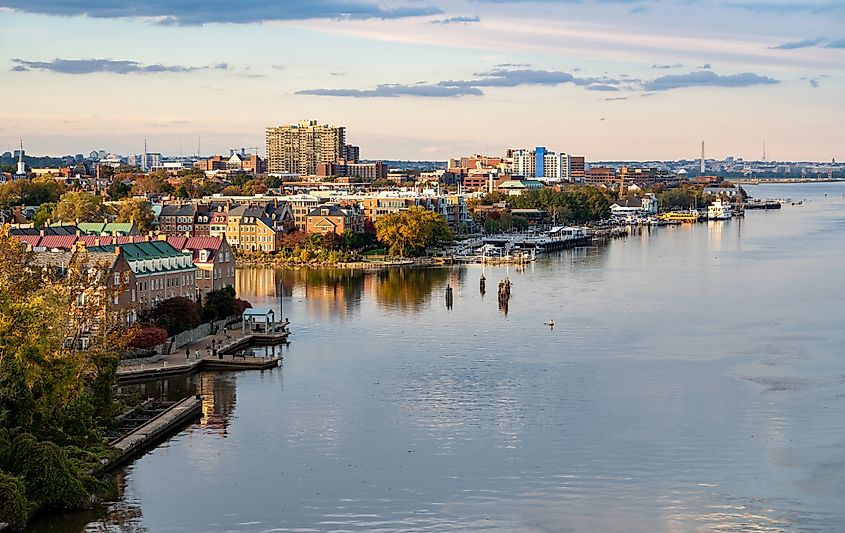
Despite the improvements, the Potomac still faces mounting pressures. The biggest threat now comes not from factories or farms, but from suburban development. As once-rural areas turn into paved neighborhoods and shopping centers, the river loses the forested buffers that once filtered runoff.
Urban stormwater carries oil, trash, and fertilizers directly into the river. Underwater grasses, which are crucial to aquatic life, have been slow to rebound. While the headwaters are improving, the downstream sections near the capital still face a mix of pollution sources.
The Path Forward
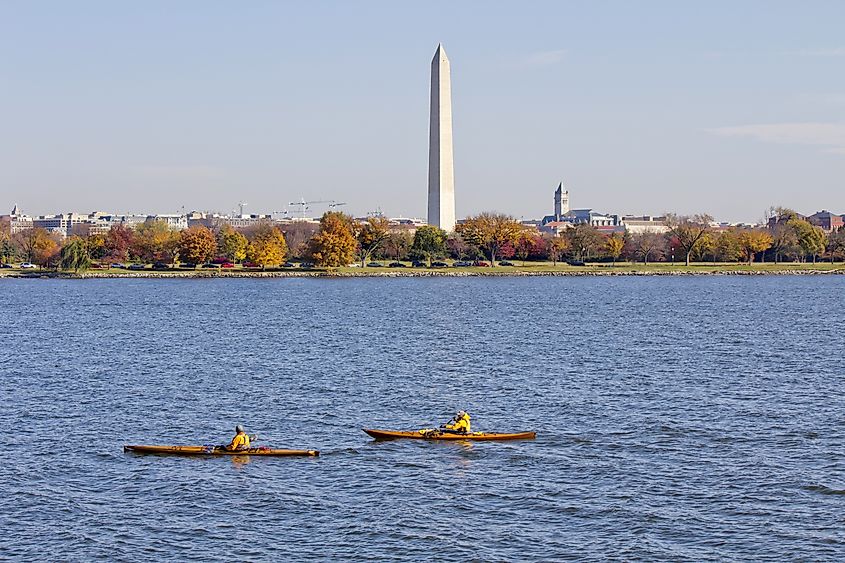
The future of the Potomac River depends on careful planning and continued commitment. State and federal agencies, nonprofit groups, and local communities are working together to preserve open space, enforce pollution controls, and educate residents on how their actions affect the watershed.
Public access is also expanding. More riverfront parks, boat launches, and greenways are being added, connecting people to the water and encouraging stewardship. The river has become a living classroom, a fitness hub, and a sanctuary for wildlife all in the backyard of the nation’s capital.
Final Thoughts: America’s River, Restored
The Potomac River tells a story of destruction and renewal. Once dismissed as too polluted to save, it is now seen as a comeback symbol for America’s waterways. It still faces obstacles, especially from urbanization, but its progress is real and measurable.
George Washington’s choice to settle on the banks of the Potomac wasn’t just about beauty or location. It was about potential. Two and a half centuries later, that potential remains. With continued conservation and smart development, the Potomac can reclaim its full promise as a clean water source, a habitat, a playground, and a source of pride.
